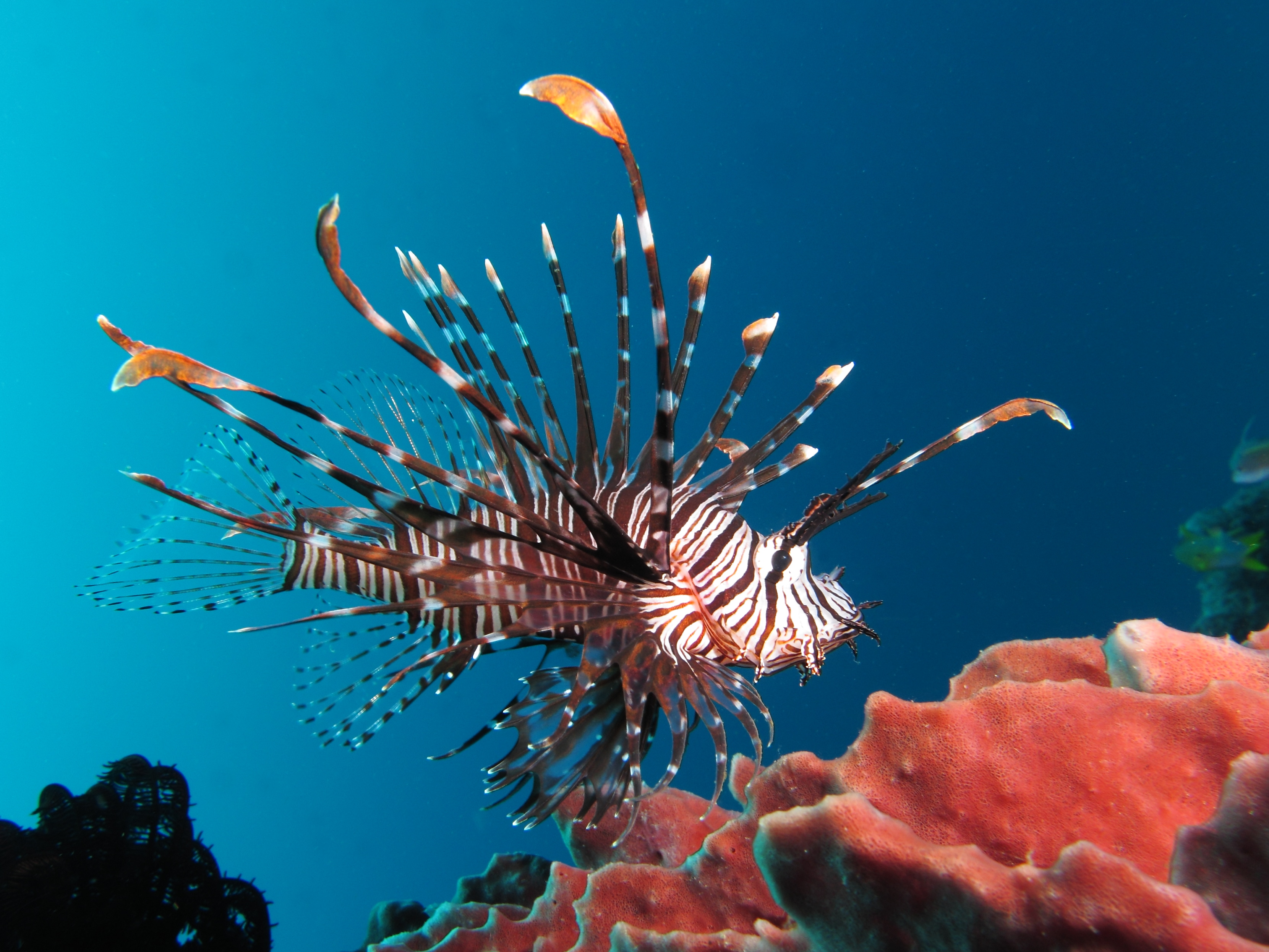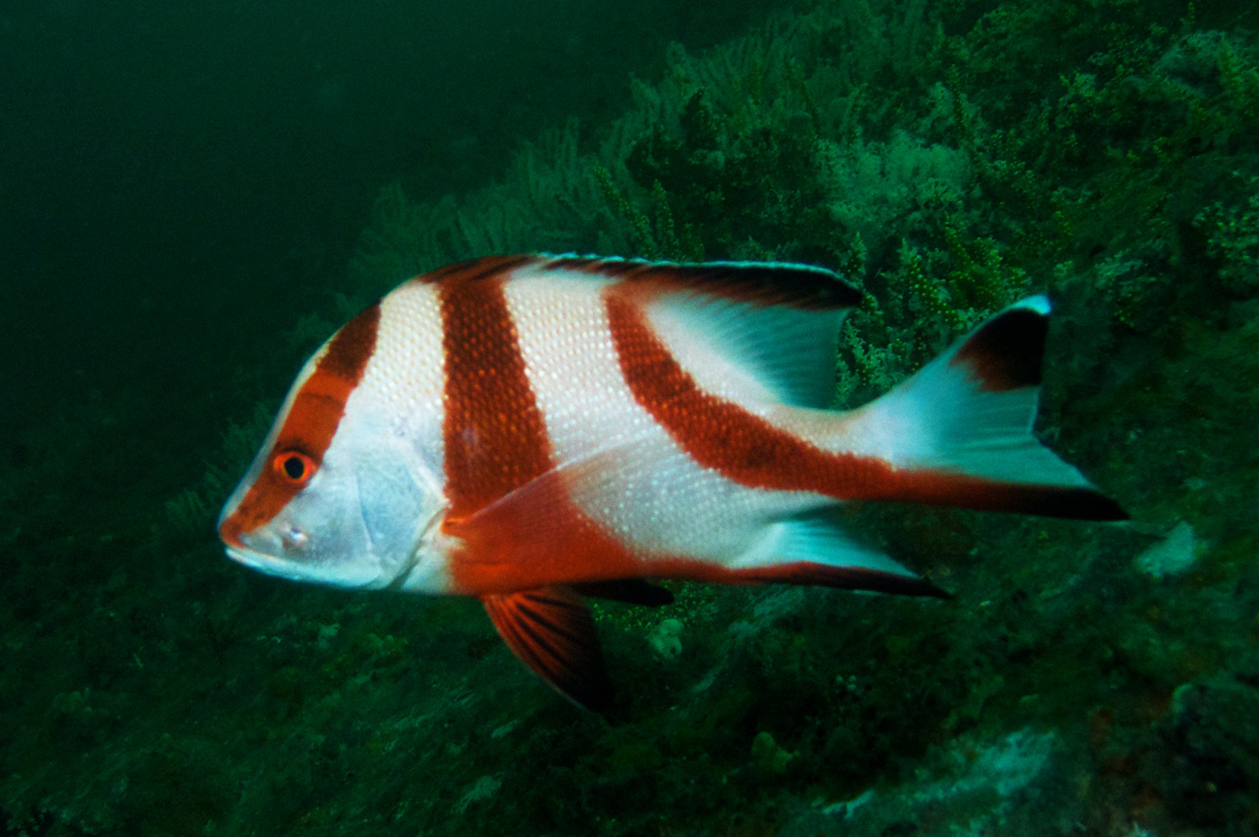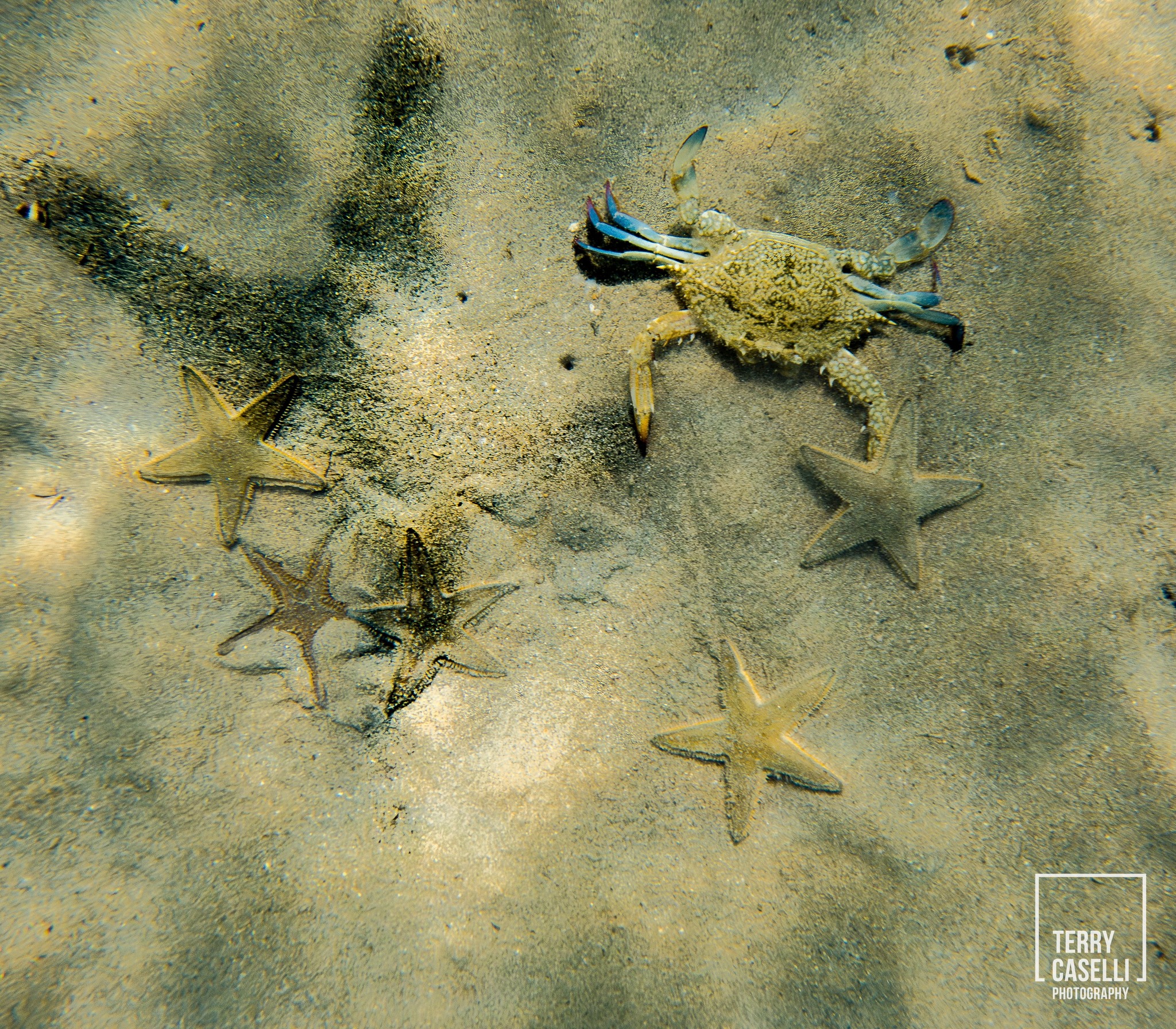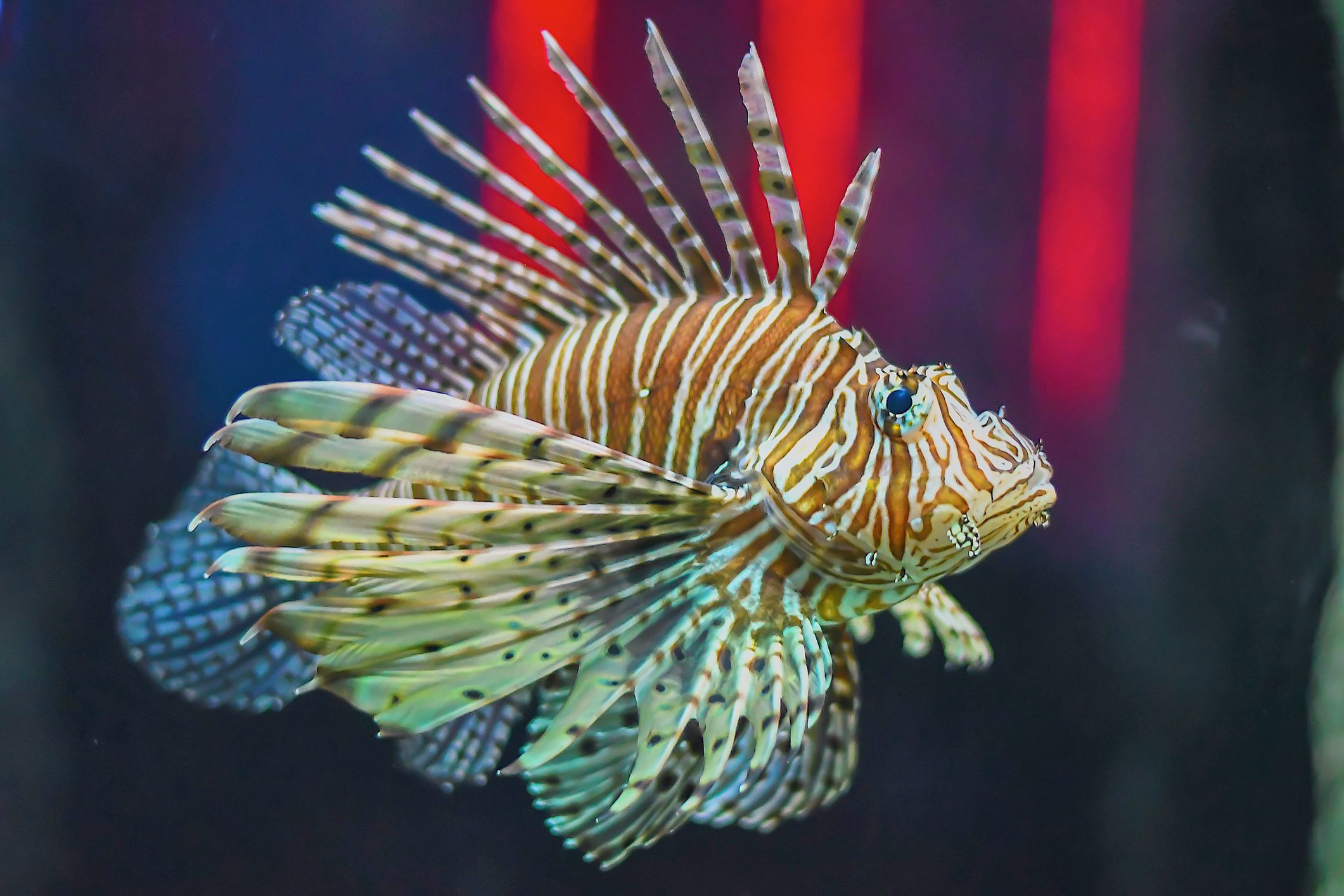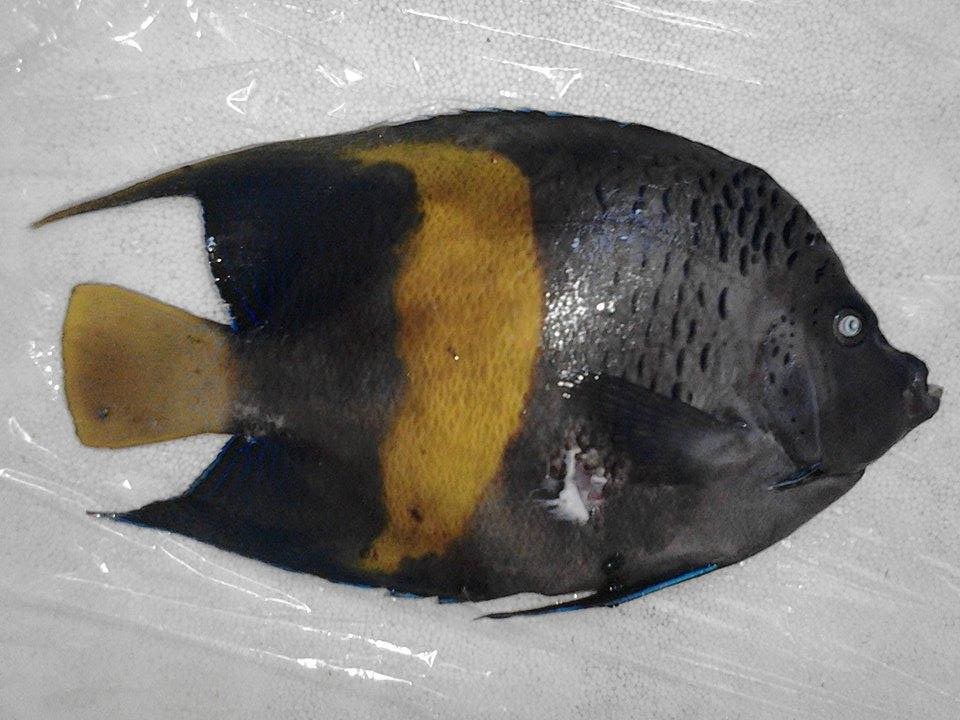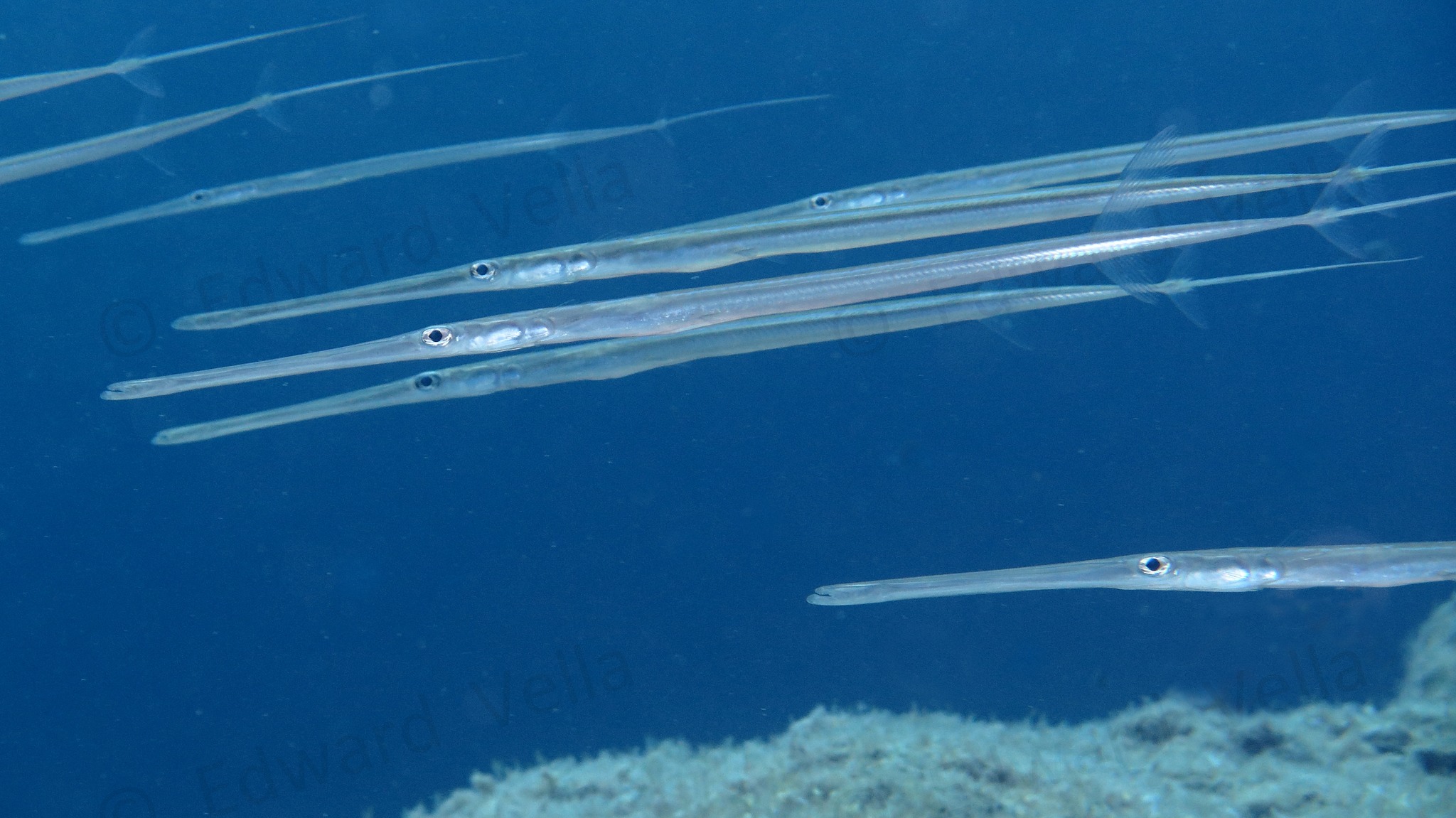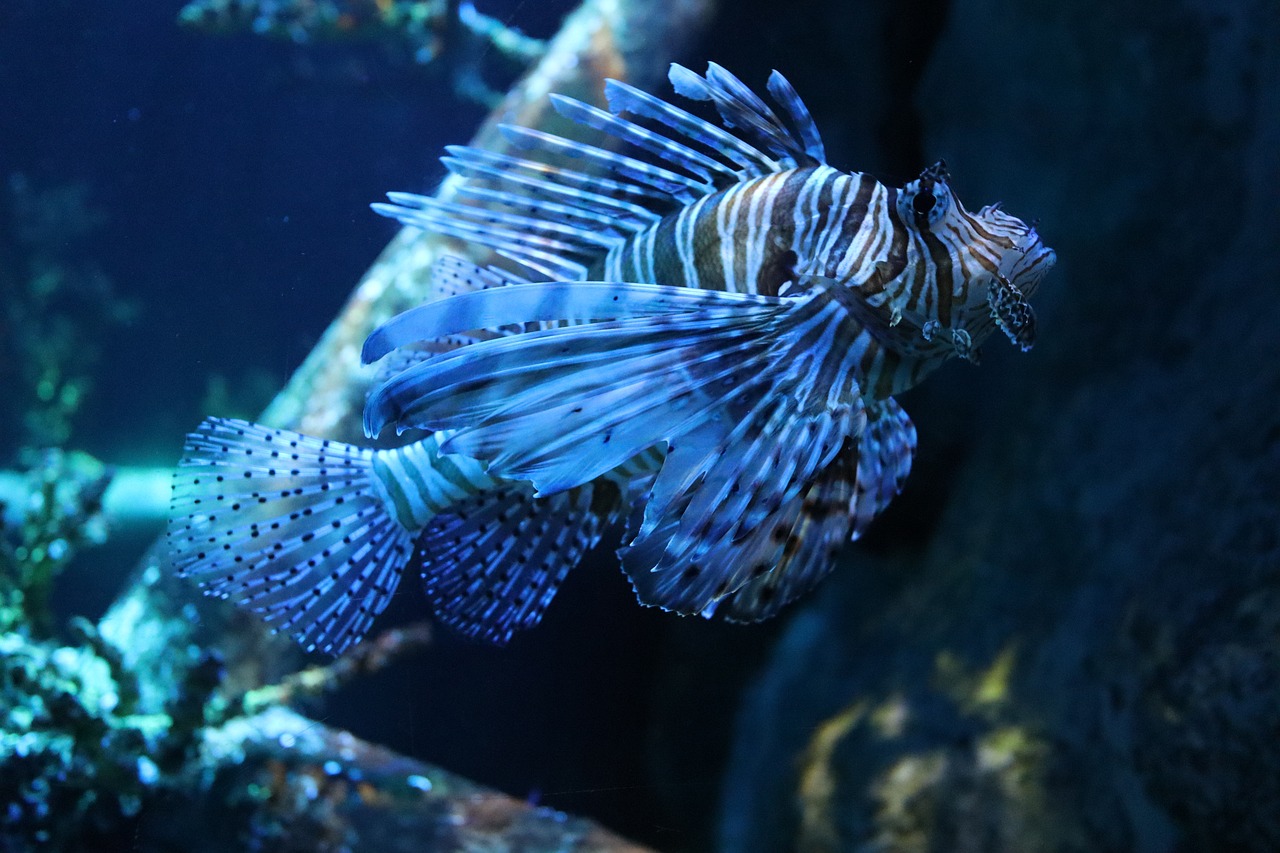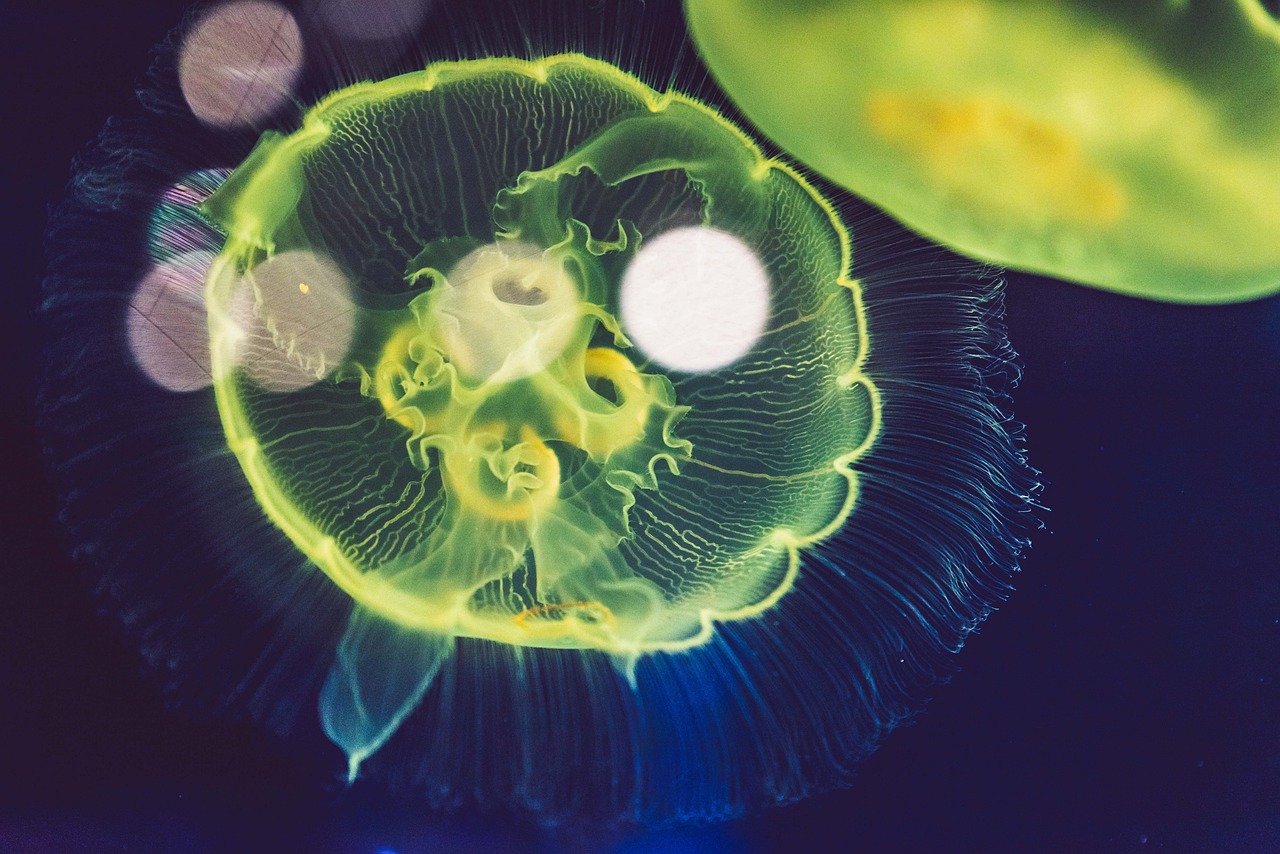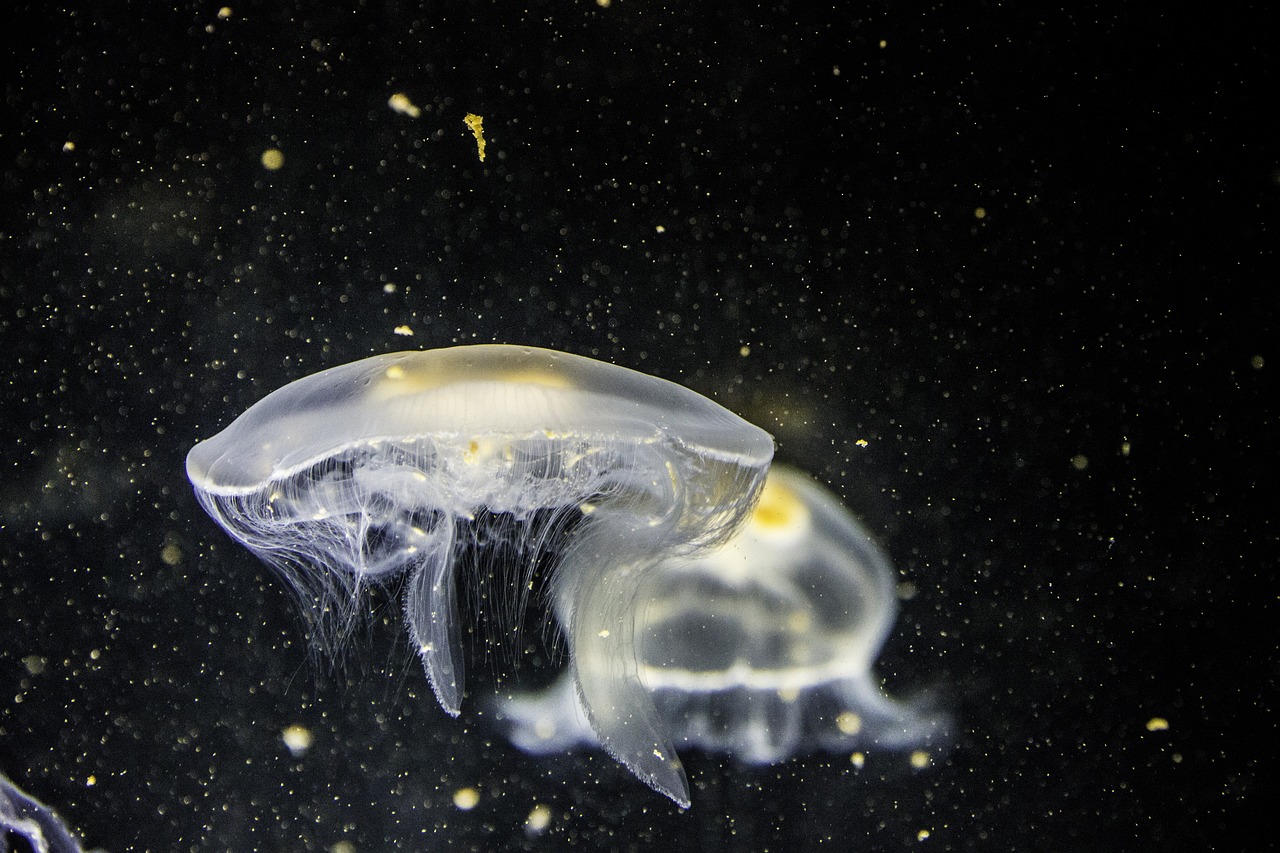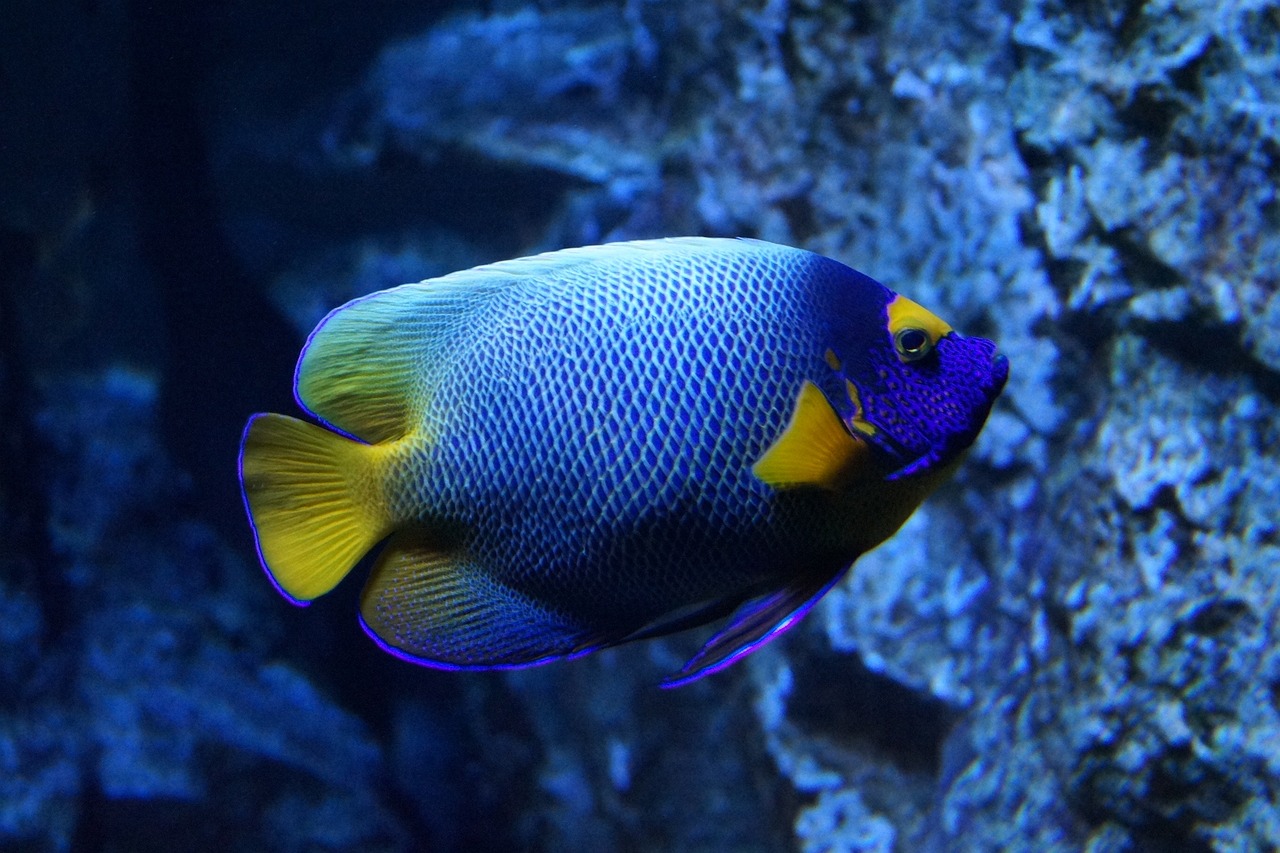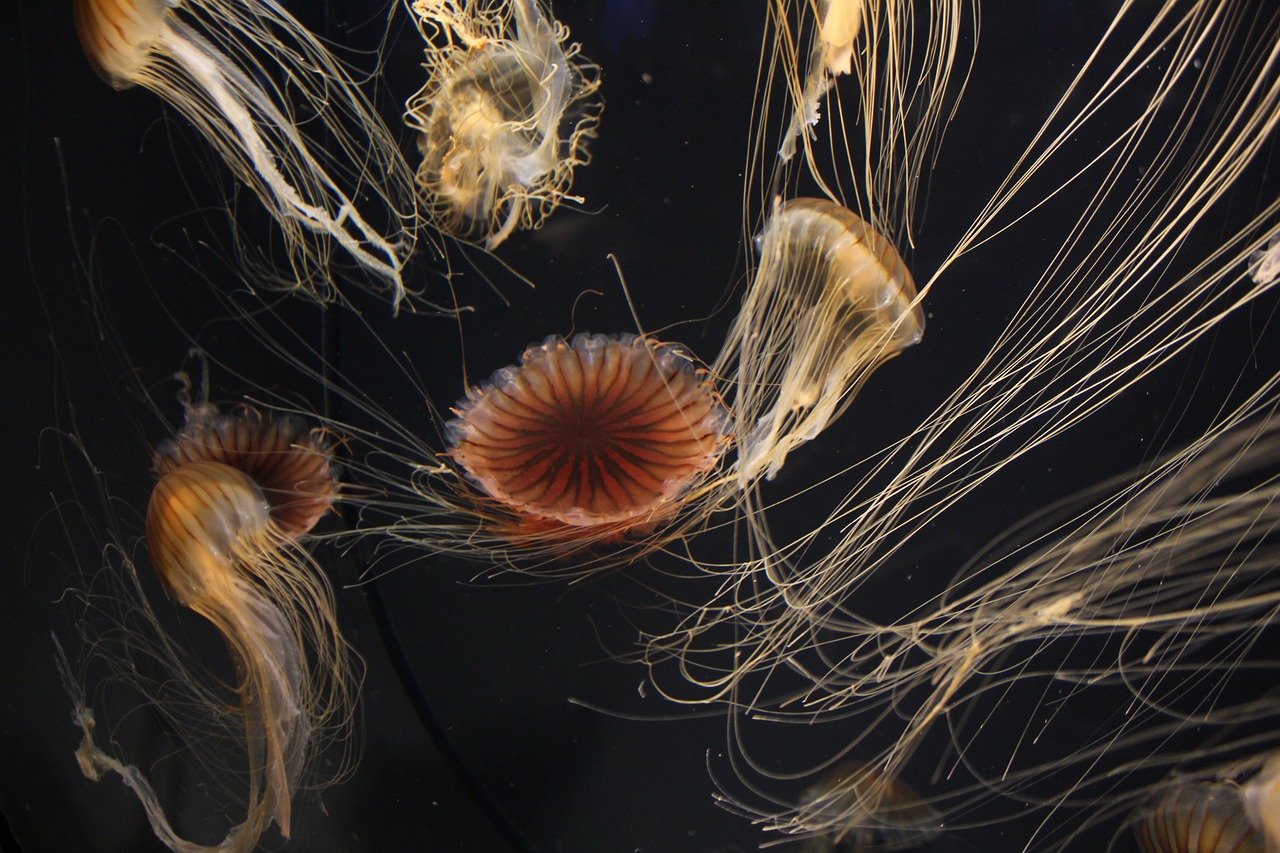ABOUT THE CAMPAIGNS
Marine alien species are organisms that move from one sea to another with the actions of humans. Humans are causing these species to move from one location to another in many ways, including carrying them in ballast water, on boat hulls and even as aquarium escapees. The main route of marine alien species invasion is the Suez Canal, an artificial canal built to offer a direct route for commercial ships from the Red Sea to the Mediterranean Sea. This canal starts from the Red Sea and continues to Port Said in Egypt in the eastern Mediterranean. This canal was opened in 1869, and around 54% of all alien species have made their way to the Mediterranean Sea from the Red Sea via the Suez Canal, a phenomenon called Lessepsian migration. Species that are entering naturally through the Strait of Gibraltar are not to be considered as alien species, but rather as range expanders, the so-called ‘neonative’ species.
Most of the alien species that are introduced end up not adapting to their new area and die out after a short time. This can be for many reasons, including not being fully adapted to the physical conditions of the new place (for example able to survive the temperature and salinity levels of the sea they have been introduced to) and or due to biological aspects (for example lack of food, predation and competition with local species). However, a few species do happen to have the necessary adaptations to survive and reproduce in their new location, and their numbers begin to increase. We call such species invasive. Usually, the impact of these species, both on the ecosystem and on the quality of life of local people, is negative. Notorious examples from the Mediterranean include the Lionfish (Pterois miles), an alien fish belonging to the Scorpaenidae family that outcompetes all local species. This fish species has a highly venomous spine that can cause great pain to humans. The Silver-cheeked Toadfish (Lagocephalus sceleratus) is a fish IAS alien fish species which has entered the Mediterranean and which IS extremely poisonous to humans, leading to death due to the presence of one of the most potent toxins known to man – tetradotoxin (TTX). Unfortunately, this IAS has been recorded from Maltese waters on a number of occasions already.
The Spot the Alien and Spot the Alien Fish citizen science campaigns were launched in 2017 and are coordinated by Prof. Alan Deidun, Dr Adam Gauci, Mr Alessio Marrone, Ms Audrey Zammit, and Mr David Montano, from the Oceanography Malta Research Group (University of Malta – ocean.mt) of the Department of Geosciences within the Faculty of Science of the University of Malta. They aim to promote the submission of reports of Non-Indigenous Species (NIS) spotted within Maltese waters by citizen scientists. The Spot the Alien Fish campaign focuses only on non-indigenous fish species, while the Spot the Alien campaign focuses on all other non-indigenous species.
Both campaigns are present on the internet (www.aliensmalta.eu) and through the various events in which the Oceanography Malta Research Group participates, including but not limited to Science in the City festivals, research expos, Blue Schools events and EU-funded project events. A prominent aspect of these campaigns is the complementary posters which are useful tools to hand out to the public (either at events or through post) to help with promoting the campaigns, with encouraging more citizens to submit reports, to increase awareness about the problem of NIS and the importance of taking records, and to help citizen scientists identify some of the marine NIS that they might encounter. Both campaigns are providing an unparalleled contribution to Malta’s international NIS monitoring obligations as well as NIS scientific monitoring efforts and have resulted in significant amounts of data, most of which have led to a number of peer- reviewed publications.
This campaign is supported financially by the International Ocean Institute (IOI) through annual grants. The OMRG also manages a number of sister citizen science campaigns, namely:

